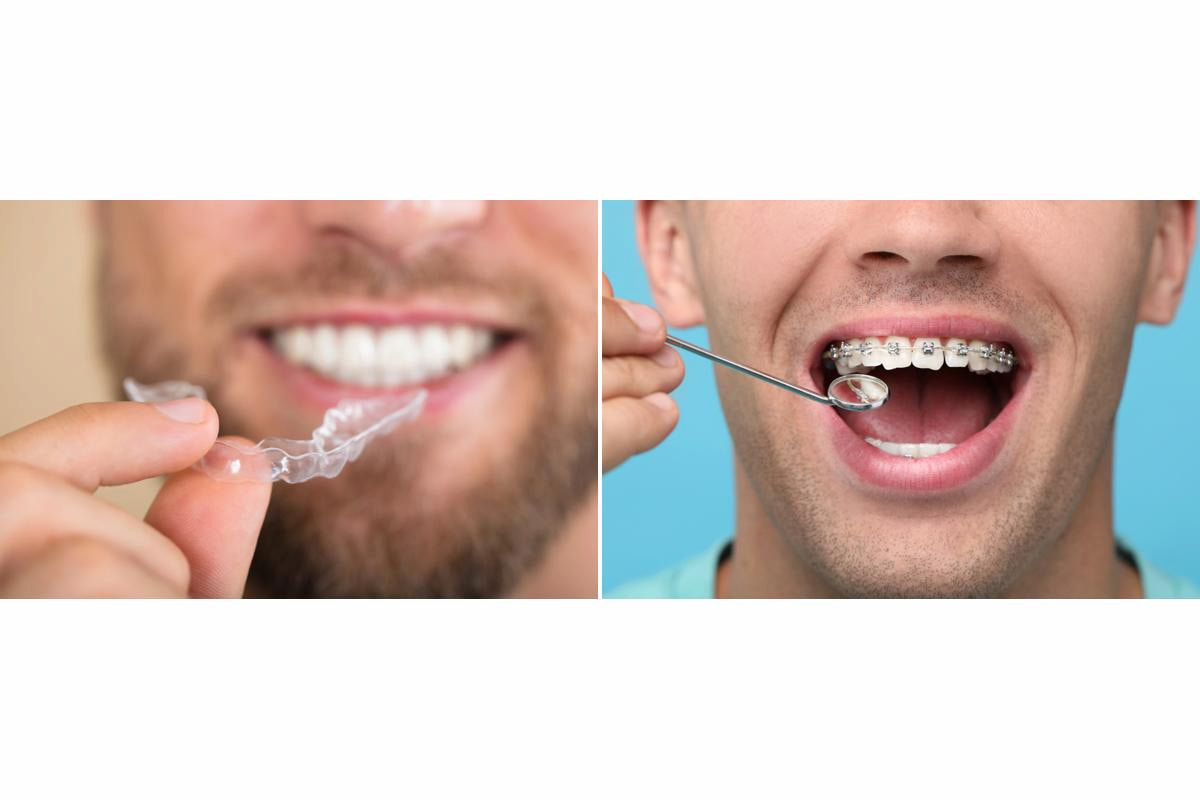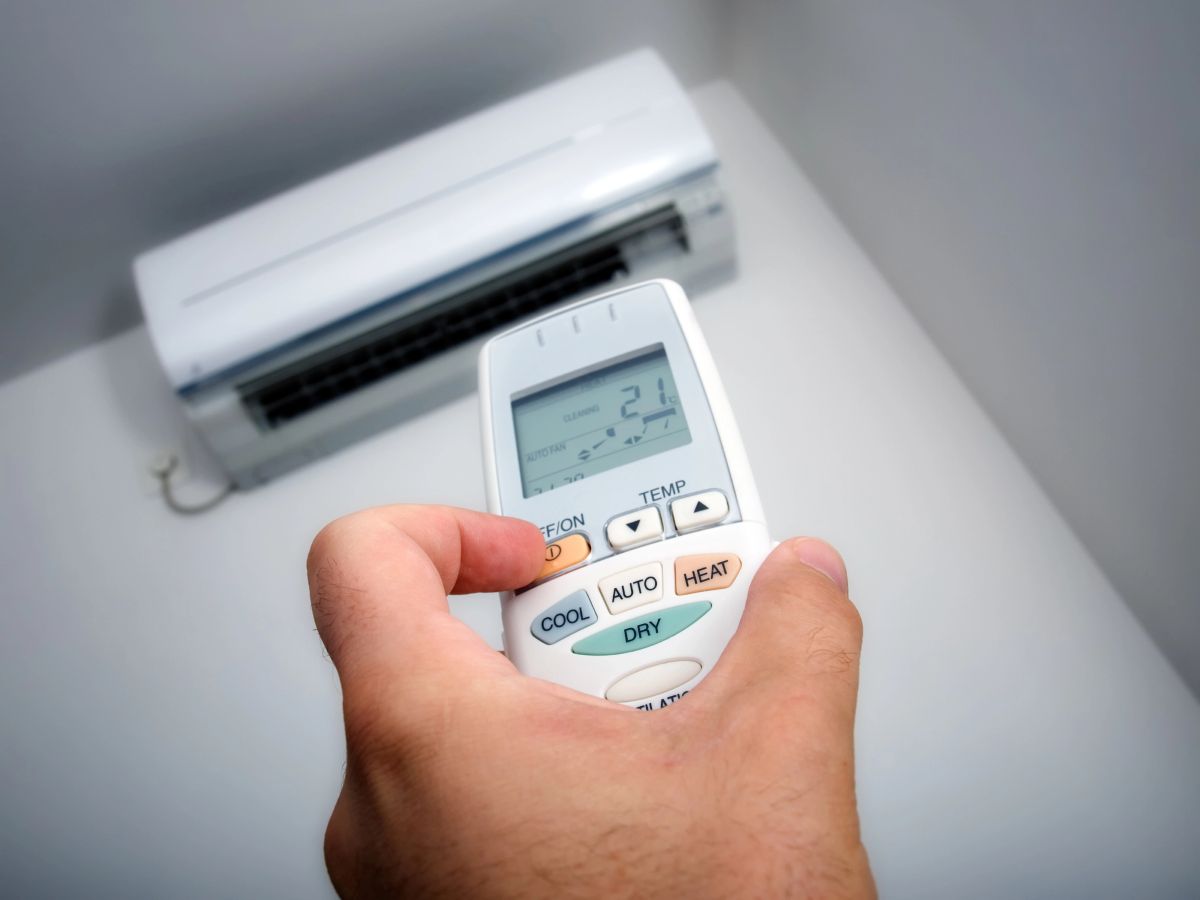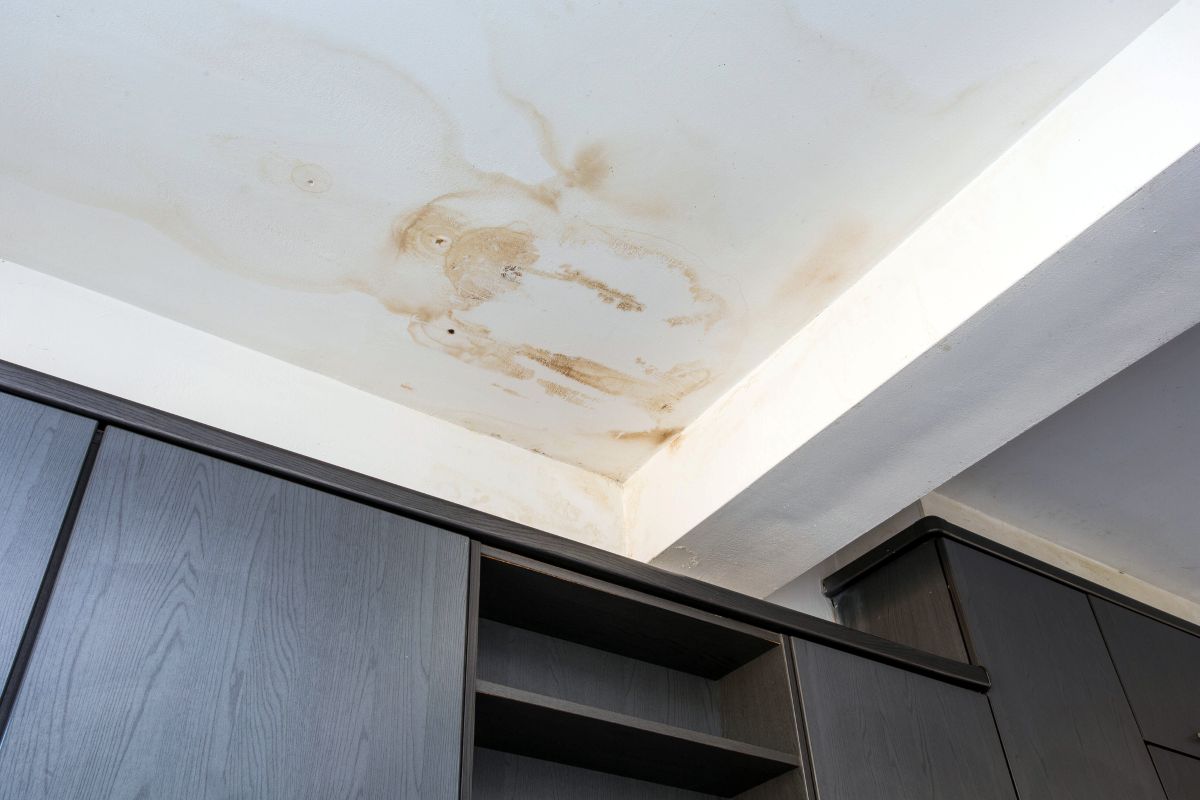The choice between clear aligners and traditional braces has become one of the most common workplace conversations across across Auckland and New Zealand job sites. Whether you’re in construction, plumbing, electrical work, or any other trade, chances are you’ve heard crew members debating the merits of each option. Some swear by aligners for their discretion and the ability to remove them when needed, while others insist that braces remain the gold standard for reliable results.
The reality is more complex than most workplace discussions suggest. Both treatment options can effectively straighten teeth, but they work differently and excel in different situations. The explosion of aligner marketing has created misconceptions about what these systems can achieve, particularly for people working physically demanding jobs. Meanwhile, traditional braces have evolved significantly, yet many tradies still base their opinions on outdated information.
Understanding the fundamental differences is crucial for making an informed decision that works with your trade lifestyle. The choice shouldn’t be driven by marketing claims or what worked for your mate on another crew. Instead, it should be based on clinical evidence, your specific dental needs, and the practical realities of working in the trades.
Recent studies examining clear aligner effectiveness have provided valuable insights into treatment outcomes across different work environments. However, only a qualified orthodontist can determine which option suits your specific situation and work demands.
Key Clinical Differences for Working People
Both aligners and braces achieve tooth movement through controlled orthodontic forces, but their capabilities differ significantly for people in physically demanding jobs. Clear aligners typically excel in cases involving mild to moderate crowding, spacing corrections, and minor rotations. They’re particularly effective for patients who can maintain consistent wear schedules despite irregular work hours.
Traditional braces generally demonstrate superior performance in complex cases requiring precise mechanical control, making them often more suitable for severe corrections that need to progress regardless of work pressures. The clinical literature shows both systems can produce excellent results when properly applied, but success depends heavily on case selection and compliance – factors significantly affected by trade work demands.
The key difference for tradies is reliability. Braces work continuously once attached, regardless of work schedules or site conditions. Aligners require 20-22 hours daily wear and careful management – challenging when working long shifts or in demanding environments.
When Clear Aligners Work Well for Tradies
Clear aligners perform well in specific scenarios that can align with trade work requirements. Research indicates positive outcomes for mild to moderate crowding cases where teeth need relatively simple repositioning. For tradies dealing with minor spacing issues or slight crowding, aligners can often deliver good results while accommodating work demands.
The removable nature offers advantages for certain trade situations. Electricians, plumbers, and other tradies who need to wear respirators, dust masks, or breathing apparatus may find the flexibility valuable. The ability to remove aligners when using safety equipment that fits tightly around the mouth can be crucial on job sites where PPE compliance is non-negotiable.
For a more practical breakdown of how aligners fit into a tradie’s workday, check out this instructive guide to at-home teeth aligners in Auckland.
Aligners also allow normal eating and drinking without restrictions, helpful for tradies with irregular meal schedules or those needing to stay hydrated throughout long workdays. The ability to remove them for cleaning supports better oral hygiene, which can be challenging in dusty or dirty environments.
However, aligner effectiveness diminishes in complex cases. Severe rotations, particularly of back teeth, often require the mechanical advantage that only fixed appliances provide. Patient compliance represents the most critical factor – aligners must be worn 20-22 hours daily. For tradies working long shifts, dealing with unpredictable schedules, or operating in environments where aligners might be lost or damaged, maintaining this compliance can be challenging.
Traditional Braces: Reliable Performance for Demanding Jobs
Traditional braces are often considered the treatment of choice for complex orthodontic problems, particularly relevant for tradies across Auckland and New Zealand who need predictable results despite demanding work conditions. The fixed nature ensures continuous force application regardless of work schedules, site conditions, or physical job demands.
Clinical evidence suggests braces can address virtually any type of tooth movement. Severe crowding, complex rotations, significant bite corrections, and cases requiring coordinated jaw repositioning all benefit from the mechanical advantages braces provide. For tradies with complex dental issues, this reliability can be crucial for achieving lasting results.
Modern bracket systems have evolved considerably. Contemporary brackets are smaller, more comfortable, and available in various materials including ceramic options for improved aesthetics. The primary advantages for tradies include permanent attachment – no risk of losing them on job sites, forgetting to wear them during busy periods, or having them damaged by work conditions.
The main drawbacks relate to oral hygiene challenges, which can be more pronounced for tradies working in dusty environments, and dietary restrictions that might affect job site meal choices. However, for tradies prioritising treatment outcomes and reliability over convenience, braces often provide the most predictable results.
Job Site Realities That Affect Treatment Choice
Trade work presents unique considerations that significantly impact orthodontic treatment success. For tradies working with breathing apparatus, face masks, or specialized safety equipment, aligners offer obvious advantages. Painters using respirators, welders wearing masks, or anyone required to use fitted breathing equipment can remove aligners when necessary.
However, job site conditions present significant challenges for aligner management. Construction sites, workshops, and outdoor work environments aren’t conducive to careful aligner handling. They’re small, clear, and easily lost if wrapped in tissues during breaks or left on workbenches. Replacement costs add up quickly, and treatment delays from lost aligners extend overall treatment time.
Traditional braces eliminate these handling concerns entirely. Once attached, they’re not going anywhere regardless of job site conditions, weather, or work demands. For tradies who’d struggle with the discipline and careful management that aligners require, braces offer “set and forget” reliability.
Work schedule irregularities also factor into treatment success. Tradies working rotating shifts, long hours, or jobs requiring travel between sites may find it challenging to maintain the precise aligner wear schedule required. Braces work continuously regardless of schedule variations.
Addressing Common Trade-Specific Concerns
Several concerns frequently arise when tradies consider orthodontic treatment, many based on outdated information. The belief that you can’t do physical work with braces is largely unfounded. Thousands of tradies across Auckland and New Zealand successfully complete demanding physical jobs while wearing braces. Modern brackets are smaller and more durable, designed to withstand normal daily activities including physical work.
Not all dental issues tradies face are about straightening. For those dealing with broken or worn dentures, fast denture repairs within drivable distance may be the real priority.
And if anxiety is what’s holding you back from getting urgent dental care, conscious sedation offers a proven, stress-free way to get treated.
Concerns about aligners being “too delicate” for trade work have some validity but depend largely on the work environment and individual management skills. Many tradies successfully complete treatment by developing routines that work with their job demands.
The assumption that treatment will interfere significantly with work performance is generally not supported by clinical experience. Most patients, including those in physically demanding jobs, adapt to either treatment option within weeks with minimal work impact.
Safety equipment compatibility varies by job requirements. Tradies should discuss specific PPE needs with their orthodontist to ensure treatment choice aligns with safety requirements. In most cases, solutions can be found that maintain both treatment progress and workplace safety compliance.
Making Treatment Decisions That Work
Optimal treatment choice for tradies requires careful evaluation of multiple factors: dental issue complexity, work environment demands, schedule flexibility, and realistic compliance assessment. Professional consultation becomes even more important when work demands add complexity to treatment considerations.
Cases involving mild to moderate alignment issues in tradies who can maintain consistent routines may succeed with either treatment option. The decision often depends on work environment factors, equipment requirements, and personal management preferences as assessed by a qualified professional.
Complex cases typically benefit from the mechanical advantages and reliability of braces, particularly for tradies whose work environments or schedules make aligner compliance challenging. The continuous action of braces can be especially valuable when work demands make consistent aligner management difficult.
Professional consultation remains essential for accurate case assessment, particularly when factoring in work-related considerations. Orthodontists experienced with working patients can evaluate individual factors that general guidelines cannot address, including specific job requirements, safety equipment needs, and realistic compliance expectations.
Finding Professional Care That Understands Work Demands
Treatment quality depends heavily on provider expertise and ongoing professional supervision. Seeking care from qualified orthodontists ensures access to comprehensive treatment options and realistic planning that accounts for work demands.
Qualified orthodontists complete specialised post-graduate training beyond general dentistry, focusing specifically on tooth movement and facial development. This additional training enables accurate diagnosis and selection of appropriate treatment approaches that work with patient lifestyles and work requirements.
Many orthodontic practices across Auckland and New Zealand now offer flexible appointment scheduling that accommodates trade work schedules, including early morning or evening appointments for workers who cannot easily take time off during standard hours. Some practices also provide emergency contact options for work-related treatment concerns.
Professional treatment includes comprehensive diagnostic records, detailed treatment planning that considers work factors, and regular monitoring throughout the process. This supervision allows for treatment modifications when needed and helps prevent complications, particularly important when work conditions may affect treatment progress.
Treatment Investment and Professional Recommendations
Both braces and aligners represent significant investments in oral health and personal confidence. Treatment cost varies based on case complexity and duration rather than appliance choice alone. For tradies, it’s important to factor in potential costs from treatment complications or delays that might result from work-related compliance challenges.
The value of orthodontic treatment extends beyond cosmetic improvement. Properly aligned teeth function more efficiently, are easier to clean, and typically last longer. These functional benefits provide ongoing value throughout a working career, potentially reducing future dental problems and time off work.
Treatment timing can affect both outcomes and work impact. Starting treatment when work schedules allow for proper adjustment periods and consistent care can improve success rates significantly. Some tradies prefer to begin treatment during slower work periods or when schedule stability is better.
Research suggests that tradies across Auckland and New Zealand with mild to moderate alignment issues who can maintain consistent routines despite work demands may succeed with either treatment option. Those with complex bite problems, severe rotations, challenging work environments, or variable schedules typically achieve better results with traditional braces.
Most importantly, seeking professional consultation from qualified orthodontists ensures access to all treatment options and realistic recommendations that account for work demands. This professional guidance helps tradies avoid potentially costly treatment failures and achieve optimal results despite demanding work environments.
The choice between braces and aligners should be based on clinical evidence, individual case requirements, work environment realities, and realistic compliance assessment as determined by a qualified professional, rather than marketing promises or workplace discussions. Both systems may provide excellent results when properly applied with adequate professional supervision, but suitability can only be determined through clinical examination considering both dental needs and work lifestyle factors.
Please Note: This content is for educational purposes only and is not professional orthodontic advice. Individual dental needs vary and require professional assessment. Always consult a qualified specialist orthodontist for diagnosis and treatment planning.


